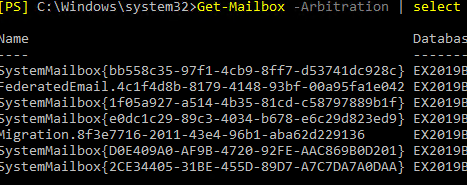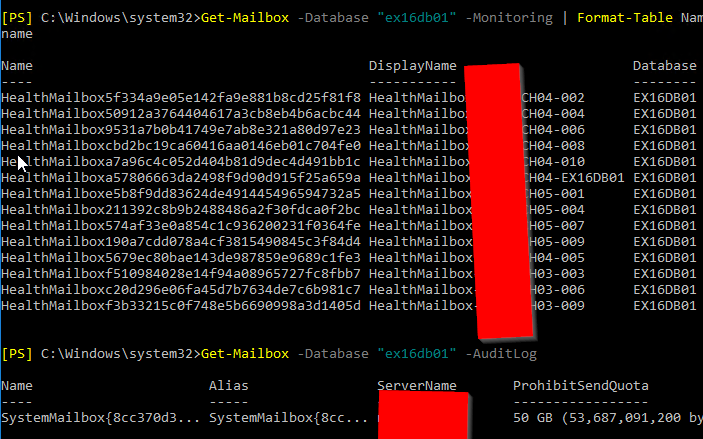Hi @Andy ,
Not only the health mailbox, but also you need to move the auditlog mailbox to another database before removing the old database.
Run below command in EMS to migrate it.
Get-Mailbox -Database databasename -AuditLog | New-MoveRequest –TargetDatabase DBname
Here's a similar case for you reference.
https://social.technet.microsoft.com/Forums/office/en-US/631ba4c4-fc03-476e-86d6-20ff1121aca5/deleting-default-mailbox-database-exchange-2016?forum=Exch2016Adm
If the response is helpful, please click "Accept Answer" and upvote it.
Note: Please follow the steps in our documentation to enable e-mail notifications if you want to receive the related email notification for this thread.



